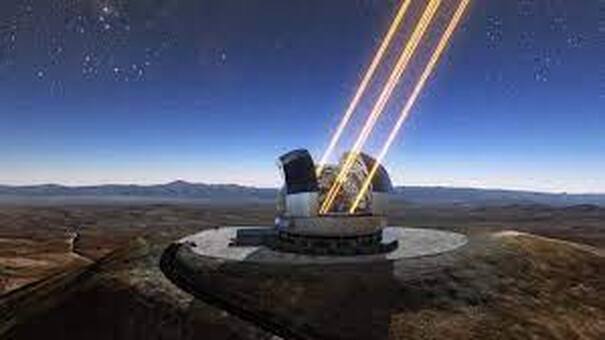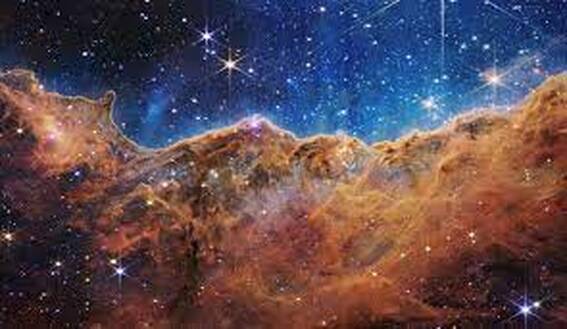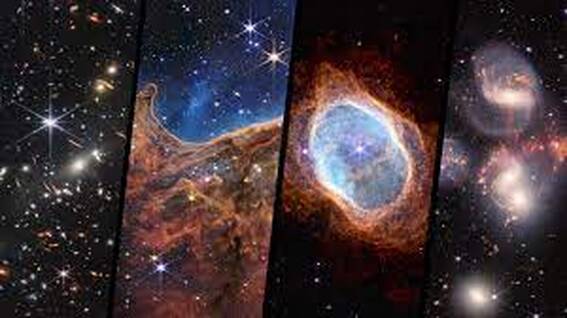|
The universe has always been a source of fascination for mankind, and astronomers have been trying to understand its secrets for centuries. With the help of telescopes, they have been able to observe the celestial bodies and unravel some of the mysteries of the universe. However, the limitations of the technology have always been a hindrance in the quest to explore the cosmos. But now, a groundbreaking new telescope is changing the way we explore the universe. The James Webb Space Telescope (JWST) is the most advanced and ambitious space observatory ever created. It is a collaboration between NASA, the European Space Agency (ESA), and the Canadian Space Agency (CSA).
The telescope is named after James E. Webb, who served as NASA's second administrator from 1961 to 1968 and played a significant role in the Apollo program that put the first human on the moon. JWST is set to launch in 2021, and it will be positioned about 1.5 million kilometers from Earth, orbiting the sun. This location is known as the second Lagrange point, or L2. The telescope will be able to see farther and more clearly than any other telescope before it. Its primary goal is to study the universe's first galaxies, stars, and black holes, and to help us understand how they formed. One of the most significant advantages of the JWST is its ability to observe in the infrared spectrum.
Infrared light can penetrate through the dust and gas that obscure the visible light emitted by celestial bodies. This will allow the telescope to see further into space and observe the earliest galaxies that formed after the Big Bang. Another feature that sets JWST apart is its massive primary mirror, which is 6.5 meters in diameter.
This is almost three times larger than the Hubble Space Telescope's mirror. The larger mirror will allow the JWST to gather more light and achieve higher resolution images. Additionally, the telescope's sunshield is designed to keep the mirror and other instruments cool, allowing it to observe the faintest and most distant objects in the universe. The JWST's four primary scientific instruments include the Near Infrared Camera (NIRCam), the Near Infrared Spectrograph (NIRSpec), the Mid-Infrared Instrument (MIRI), and the Fine Guidance Sensor/Near InfraRed Imager and Slitless Spectrograph (FGS/NIRISS).
These instruments will allow the telescope to study a wide range of phenomena, from the formation of planets to the evolution of galaxies. JWST's mission is not only to answer scientific questions but also to inspire future generations of scientists and explorers. The telescope will help us understand our place in the universe and how it came to be. The discoveries made by the JWST could have significant implications for our understanding of the universe and our place in it. The JWST is a significant step forward in our exploration of the universe. Its advanced technology will allow us to see farther and more clearly than ever before, giving us a better understanding of the cosmos. With its ability to observe in the infrared spectrum and its massive primary mirror, the JWST will be able to observe the earliest galaxies in the universe and study the formation of stars and black holes. The telescope's four primary scientific instruments will allow it to study a wide range of phenomena, giving us a better understanding of the universe's mysteries. The launch of the JWST is a major milestone in space exploration, and its success will depend on the collaboration and expertise of scientists and engineers from around the world.
The telescope's discoveries could have significant implications for our understanding of the universe and our place in it. The JWST is an exciting and ambitious project that has the potential to change the way we explore the universe.
0 Comments
Leave a Reply. |
�
categories
Categories
All
|





 RSS Feed
RSS Feed